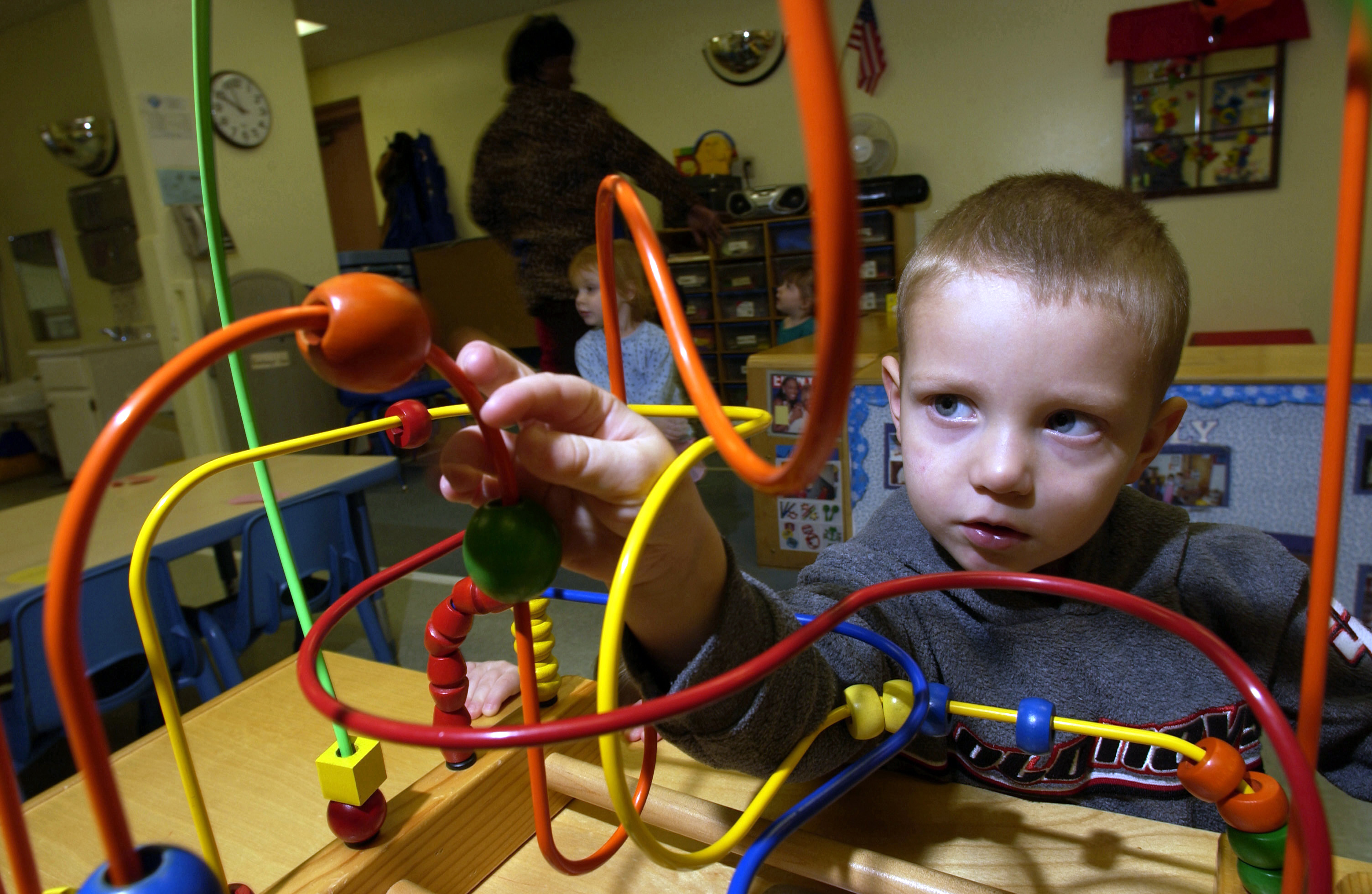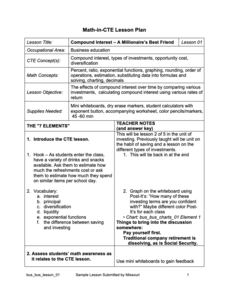How to Implement Gamification in Your Classroom

Description
Gamification involves integrating elements of gameplay into your lessons. This can be something as easy as creating a competition out of a mathematics quiz.
Advantages
- Gamification in education can improve motivation and engagement. Game elements such as instant feedback and earning badges for completing the challenges are powerfully influential on increasing the learners’ motivation.
- Gamification in education may optimize the brain’s processing of new information. This may be facilitated by the general aspects of gamified lessons, with audio-visual presentation, minimized bites of schematized information, short time lapses, and often repetitive patterns.
- Gamification modifies the brain’s reward and pleasure center and enhances learning. The pleasure learners experience during gamified education results in a long-lasting affinity for the academic subject or for solving otherwise complex problems.
Disadvantages
- Instructors must not lose focus on the goals that must be met.
Implementation
- Adapt old-school games for classroom use.
- Play digital education games.
- Give points or badges for meeting academic objectives.
- Create a range of unique rewards.
- Create a quest.
- Provide choices.
- Include Easter eggs.
- Provide an opt-in leaderboard.
- Have groups compete.
- Redefine failure.






